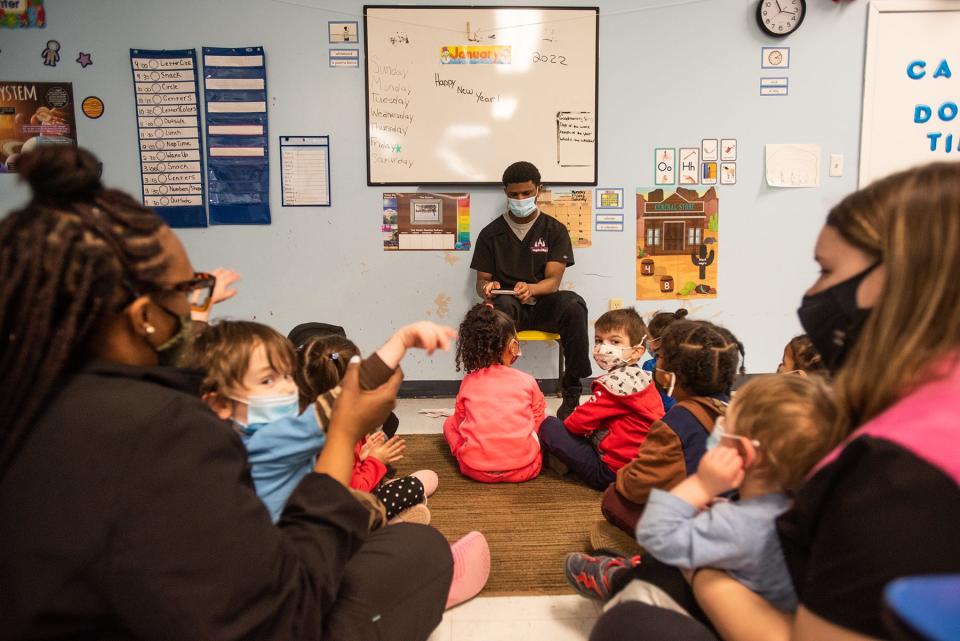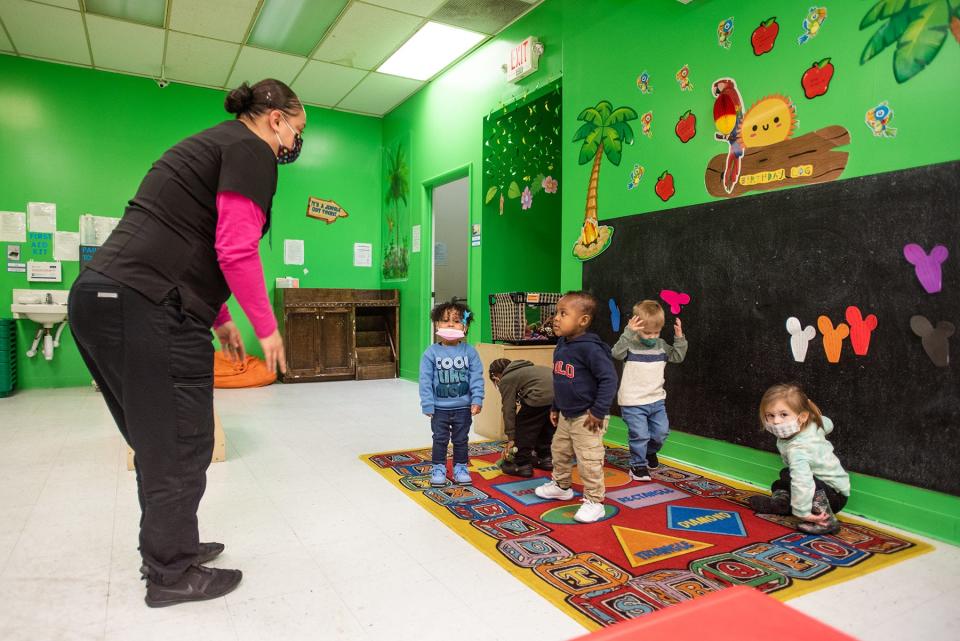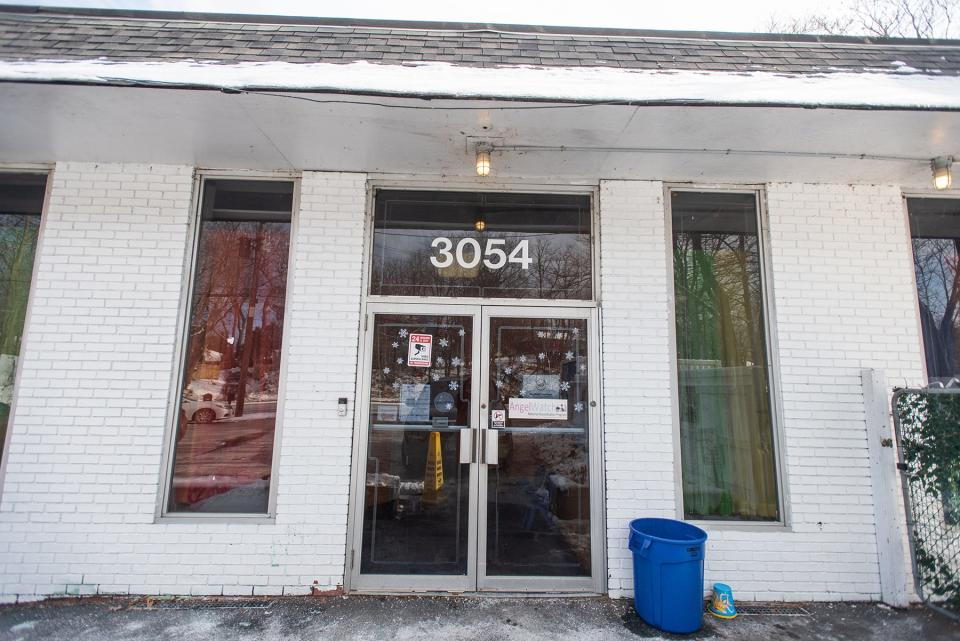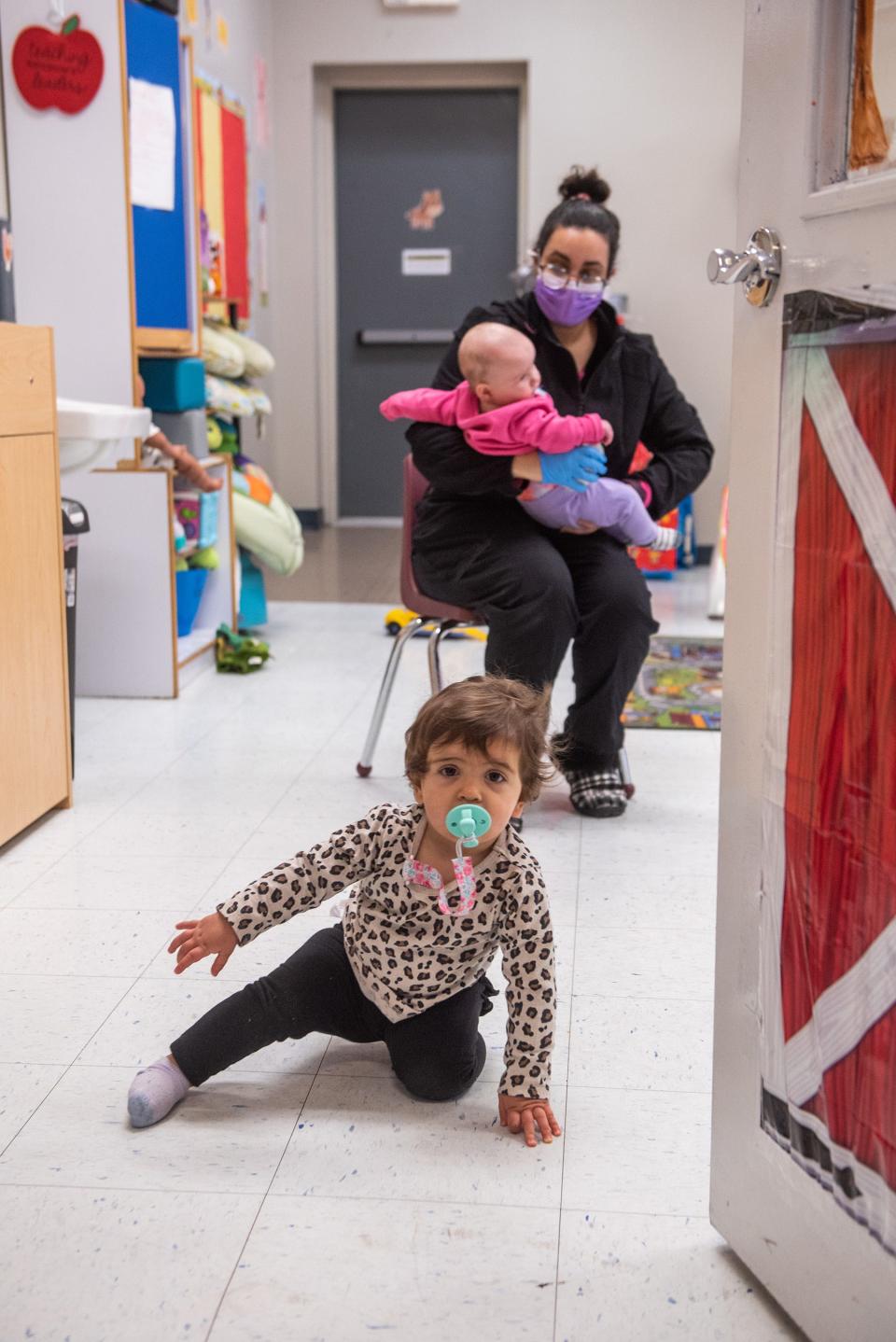Day care quarantine rules put families and child care centers on edge
Adrianna Andrade and her family went through a 20-day quarantine when her 3-year-old daughter was exposed to COVID a month ago. It almost used up Andrade’s time off and left the family uncertain about what would come next.
What makes her feel more uneasy is that she needs to juggle with different quarantine rules that are required of preschoolers and school-aged children.
“If the guidance was the same for child care centers as it is for schools, it would leave us with less confusion for parents like myself who were trying to follow multiple guidance,” said Andrade.
New protocols: Schools shorten quarantine period and adopt test-to-stay
Remote learning option: Why some parents want it, even as schools ramp back up
Dragon Springs: Federal lawsuit accuses of sewage contamination of stream

While public schools across the region have adopted new COVID protocols to stay open, child care centers and families with young children are facing unprecedented challenges. During this wave of the surge classes have closed, with students and staff at various times out for quarantine. Meanwhile, many parents are on the edge, worried about losing their jobs and child care providers are scrambling to manage existing staff shortages.
Debate on new quarantine guidelines
Donna Conklin, owner of the Pattycake Playhouse in Newburgh, said 11 classes were closed due to COVID after winter break. Some families were quarantined multiple times within a month.
“We’re trying everything we can to stay open. The regulations are becoming more stringent and the cost is going up,” said Conklin.

Under current regulations, children over 2 years old who tested positive or were exposed to COVID should quarantine for five days, down from 10. The quarantine period remains 10 days for children under the age of 2. The new guidelines came a week after many public schools had shortened the quarantine period to 5 days and allowed test-to-stay as a way to maintain classes.
Some parents with young children say the 10-day rules pose challenges as they balance work and family, and they hope test-to-stay will be allowed for young children as well.
This round of outbreaks has crippled child care centers; some providers are calling for less overall quarantine and they want the same options as public schools. They want test-to-stay, especially for children under 2.
Test-to-stay applies to unvaccinated and asymptomatic individuals, who can continue to attend school if they are exposed in school. They are required to complete up to three COVID tests during the five-day period following exposure.
John Craig, spokesperson of Office of Children and Family Services that oversees child care programs across the state, said the new guideline provides a best-practice protocol to help maintain as safe a setting as possible for young children, most of whom are unvaccinated. He noted the guidance will be periodically updated as they continue to monitor and review the COVID situation.
Some child care centers, however, are hesitant to adopt the new protocols out of extra precautions. They are concerned five days is not enough to prevent the spread of the virus as they work with an unvaccinated population.

Erika Perez, owner and director of Victoria’s Castle Daycare in New Windsor, said she was shocked when she was notified of the shorter quarantine period.
“When this started, we had no children with cases ... It’s increasing so much right now. We are seeing so many cases and hospitalization of children with COVID at the moment,” said Perez. “I know parents are struggling and I want to be there to help them, but I also have everybody else’s child that I have to ensure their safety and health. The kids might not be well enough in five days and they might still bring the virus to a child sitting next to them.”

Perez’s sentiment was echoed by Dureka Forbes, owner of First Steps early Learning Day Care Academy in Middletown. She said that although her center is still grappling with staff shortages, the quarantine policy in her center will remain 10 days.
“As a business owner, I’m not about the dollar sign, I’m about my families, students and staff being healthy and safe. I will continue to sacrifice for however we need to make sure we have a little bit of normalcy during this pandemic,” said Forbes.
Test kit shortages and financial toll
Peggy Fuentes, co-owner of the On My Way Early Learning and Child Care Center in Middletown, said she feels frustrated that child care centers are treated differently from school districts in terms of regulations and distribution of test kits.
She said in the past month they have been quarantining more children than they ever had in the past 20 months. While she continues paying quarantined staff, she has received calls from parents saying they are on the edge of losing jobs and they are requesting credits for the days the daycare is closed.
“We’re in a bigger crisis than we ever have,” said Fuentes. “If I give credits back for every quarantine, I would be out of business by February or March.”
She also noted an inequity in test kit distribution. As public schools are ramping up testing to limit classroom closures and receiving thousands of test kits, kits are distributed to day care centers based on the type and size of the center, with a maximum of 22 kits for each center. In a letter last week, the Office of Children and Family Services reported that 214,000 kits were distributed to centers across the state.
While the state has not issued further guidelines for child care centers, Fuentes’ concern has received bipartisan support.
State Sen. Mike Martucci, a Republican, said the guidelines for child care centers should align with public schools and the state should offer tuition reimbursement for affected families to ensure viability of child care services.
State Sen. James Skoufis, a Democrat, said he has collaborated with child care providers in the region to advocate for updated quarantine guidance to reduce the burden on working parents while keeping children safe.
“Working families deserve our gratitude for balancing not just the day-in-day-out of parenting through a pandemic, but dealing with shifting quarantine guidance from state and federal agencies and major gaps in viable childcare,” said Skoufis.
hwang@gannett.com
This article originally appeared on Times Herald-Record: Parents and child care providers call for shorter quarantine period

